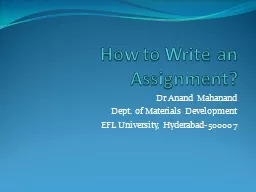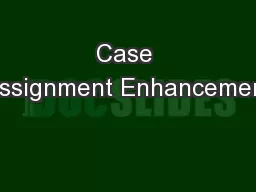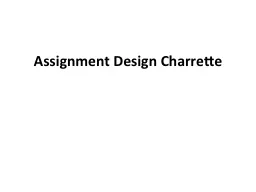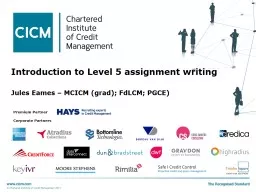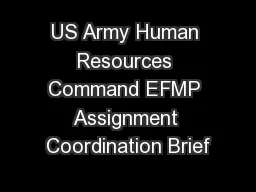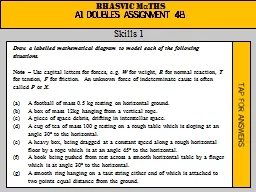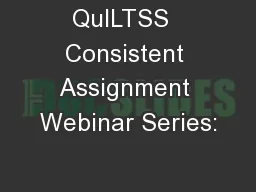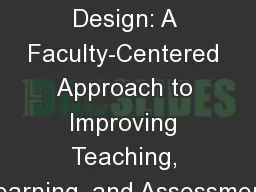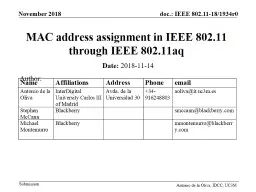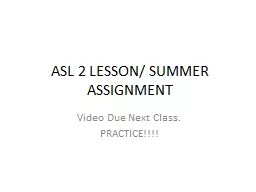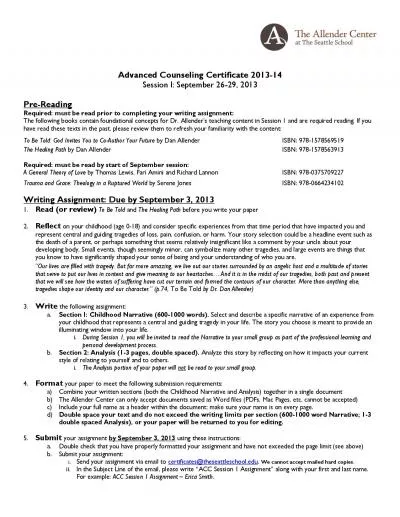PPT-How to Write an Assignment?
Author : tatyana-admore | Published Date : 2017-01-23
Dr Anand Mahanand Dept of Materials Development EFL University Hyderabad500007 Selecting a topic How do you get a topic How do you select How do you narrow it
Presentation Embed Code
Download Presentation
Download Presentation The PPT/PDF document "How to Write an Assignment?" is the property of its rightful owner. Permission is granted to download and print the materials on this website for personal, non-commercial use only, and to display it on your personal computer provided you do not modify the materials and that you retain all copyright notices contained in the materials. By downloading content from our website, you accept the terms of this agreement.
How to Write an Assignment?: Transcript
Download Rules Of Document
"How to Write an Assignment?"The content belongs to its owner. You may download and print it for personal use, without modification, and keep all copyright notices. By downloading, you agree to these terms.
Related Documents

